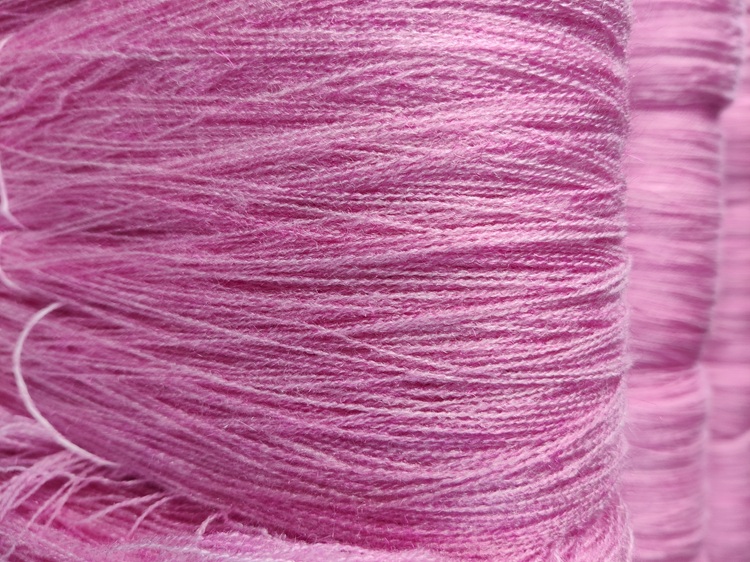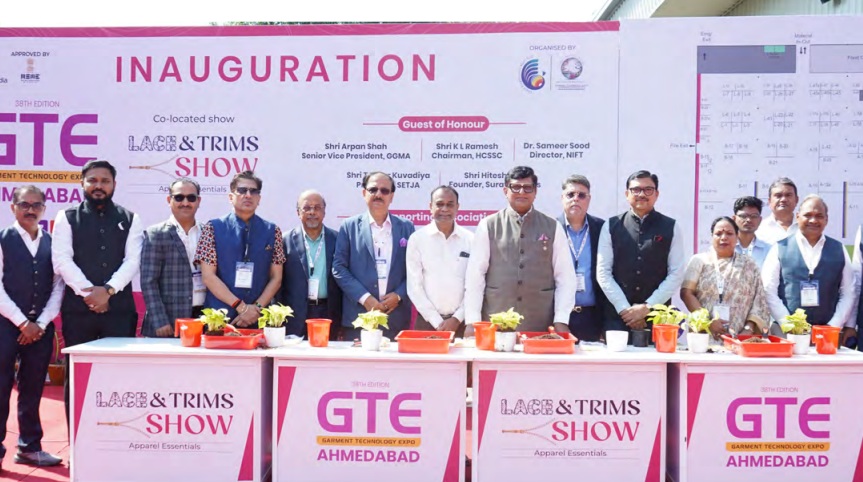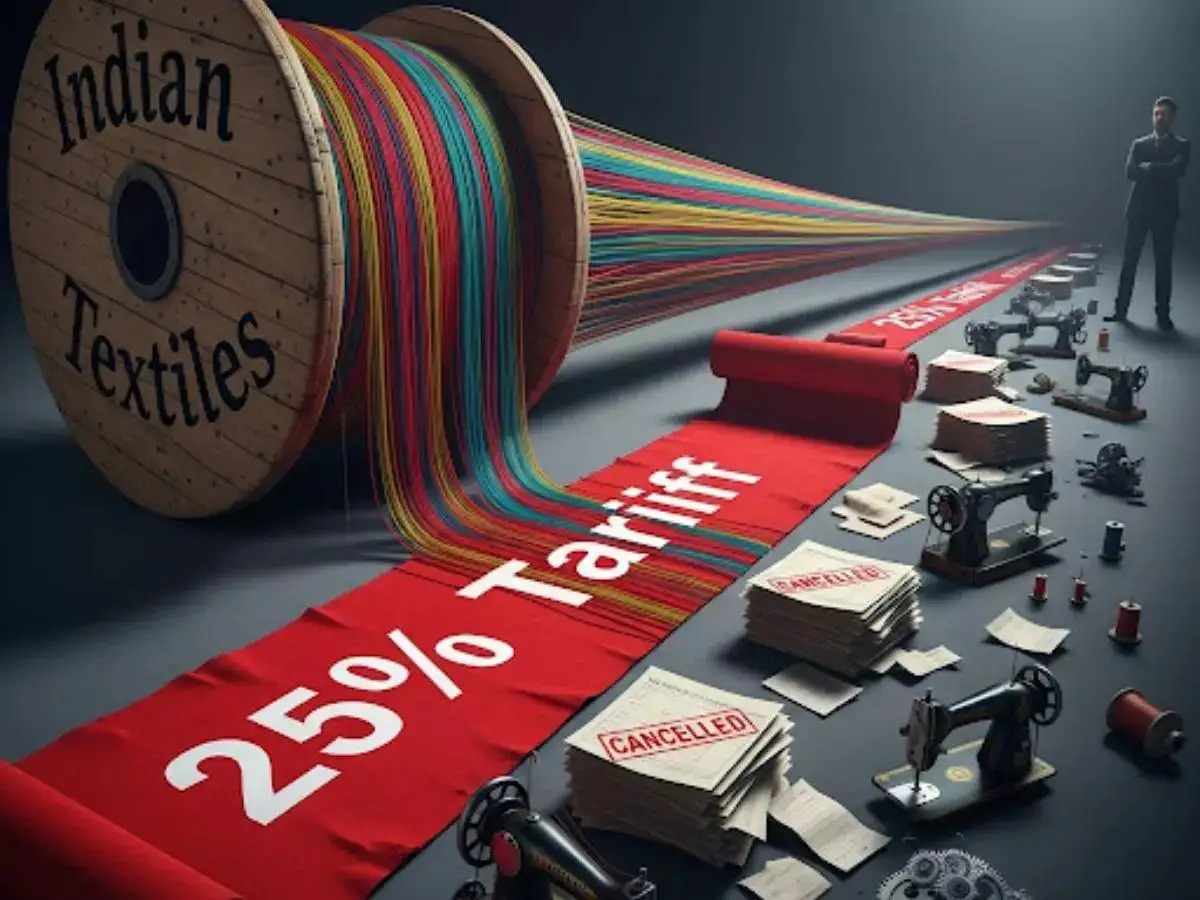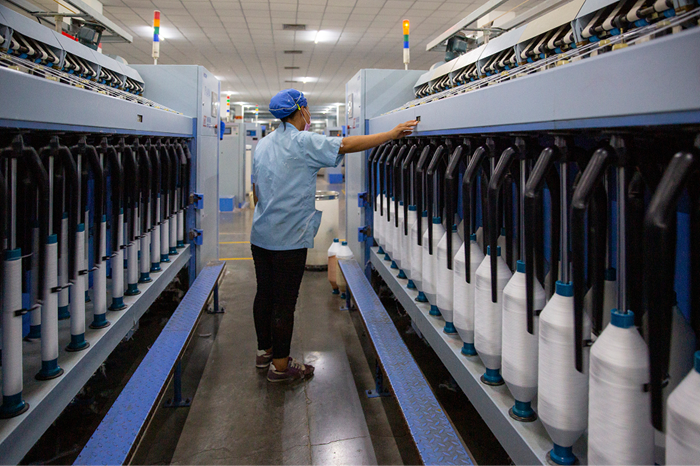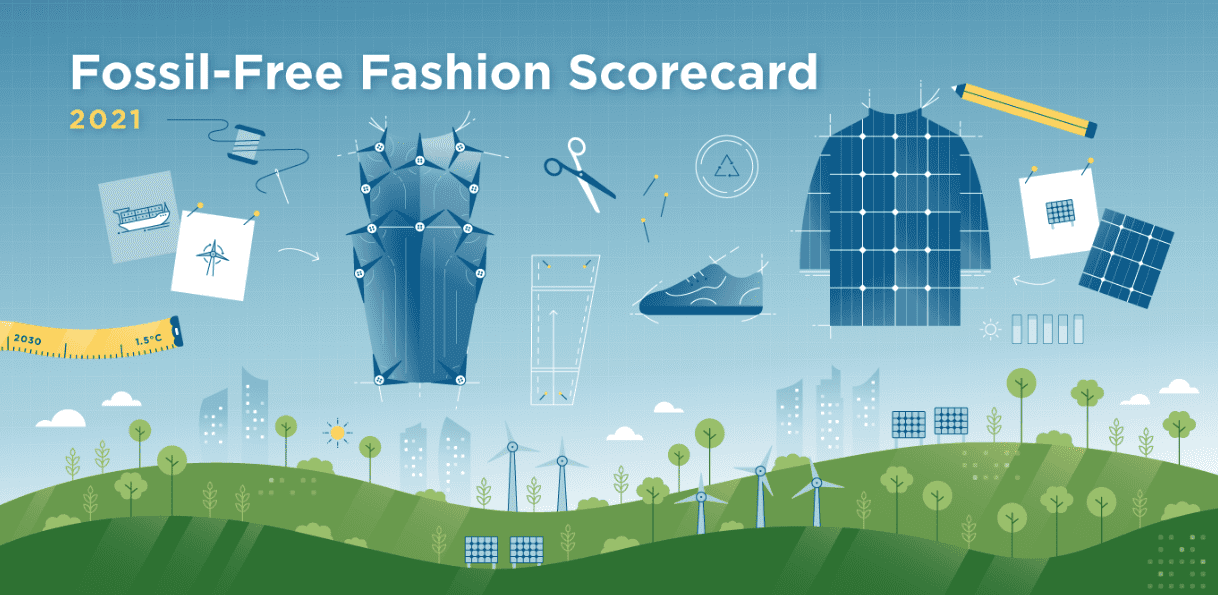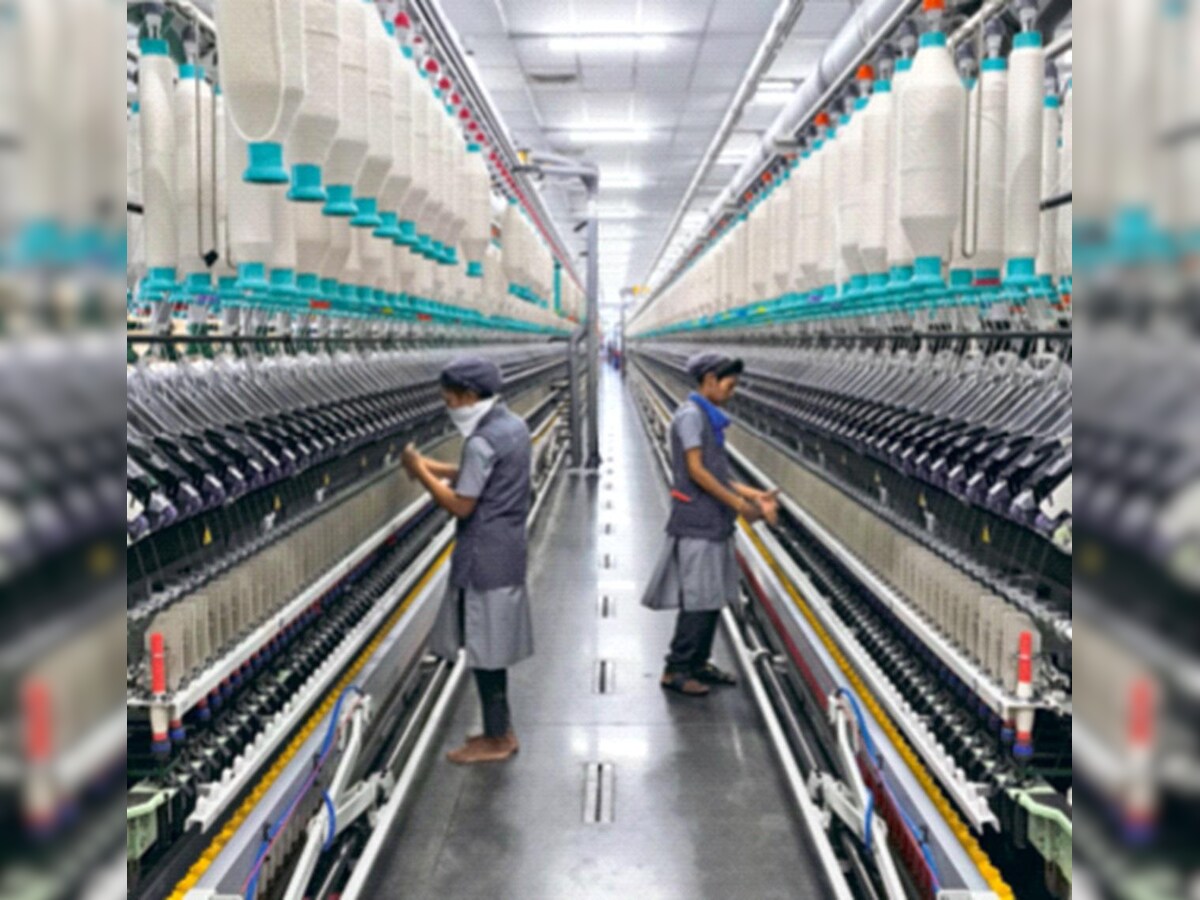
The US stands as an important export destination for the Indian textile and apparel (T&A) industry, with annual shipments reaching almost $10 billion. The recent imposition of tariffs by the US on imports creates a complex scenario, a double-edged sword offering a potential advantage while simultaneously exposing underlying vulnerabilities within the Indian manufacturing sector, opines consultancy firm Wazir Advisors that offers comprehensive 360-degree strategic and operations improvement support to help companies develop vision, strategic roadmap and implementation in a new changing geopolitical world.
As per Wazir Advisors, the new scenario raises concerns about a potential slowdown in demand due to anticipated consumer price increases, higher pressure on profit margins as US buyers seek price reductions, and the existing limitations in India's capacity for rapid export growth. Furthermore, the perceived temporary nature of these tariff increases may discourage essential investments in expanding production capabilities.
Initially, some experts had said India is better placed as it faces a 26 per cent duty, which is lower than that imposed on competitors such as Bangladesh (37 per cent), Vietnam (46 per cent), and Cambodia (49 per cent). However, the initial optimism may be premature due to several reasons:
Relative advantage vs. underlying cost disparity
As per Wazir Advisors even with 11 per cent lower import duty than Bangladesh, Indian products might still be more expensive because the basic production cost in India is roughly 10-12 per cent higher. The following example illustrates how India's higher production costs can negate the advantage of a lower tariff.
|
|
Bangladesh |
India |
|
FOB Price |
$ 5.00 |
$ 5.45 (9% higher) |
|
Old Duty (say 16.5%) |
$ 0.83 |
$ 0.90 |
|
New duty (additional) |
$ 1.85 (@37%) |
$ 1.42 (@26%) |
|
Total |
$ 7.68 |
$ 7.77 (1% higher) |
The above calculation shows that for products where the old duty rate was 16.5 per cent, India will still be more expensive than Bangladesh if the Indian FOB price was 9 per cent higher to begin with. For most products, India's FOB price can only be about 7.2 to 8.3 per cent higher for the final prices to be equal to those from Bangladesh. Otherwise, Indian goods will be more expensive, even with lower tax. Moreover, considering the larger production capacities in Bangladesh and the reluctance of brands to alter their supply chains for marginal cost differences, India's ability to significantly gain market share from Bangladesh in many categories remain limited. India would have a slightly better advantage over other competitors, but developing the necessary product-level competency and production capacities will be crucial to achieve substantial gains.
Pressure on profit margins
Beyond cost discrepancies, Indian manufacturers will also face anticipated pressure from US buyers to reduce prices to absorb the high tariff costs. Reports indicate US buyers are already seeking discounts ranging from 15-20 per cent on existing orders placed before the tariff announcement. This demand for price reductions creates a challenge for Indian manufacturers who already operate on thin profit margins. Possibly the increased tariff burden might be shared through a three-way split between the Indian seller, the US buyer, and ultimately the consumer. However, even with such a compromise, Indian manufacturers would likely experience a drop in revenue per unit. Also, some factories in other Asian countries might be willing to absorb a portion of the tariff impact in the short term as a strategy to maintain their existing business with US buyers.
Internal challenges to capitalizing on the situation
The ability of the Indian industry to fully capitalize on this seemingly advantageous position is also questionable given existing challenges like high raw material costs, product basket concentration, and manpower related challenges.
Short-term demand fluctuations vs long-term impact
The tariff is expected to lead to a decrease in demand in the short to medium term, primarily due to the anticipated increase in clothing prices for US consumers. This price hike, combined with existing inflationary pressures in the US market, is likely to make apparel more expensive, leading reduced consumer spending on these goods.
Initially, US buyers are expected to halt new order placements as they assess the tariff’s impact on consumer demand and work through their existing inventories shipped earlier. This pause in orders could lead to a depletion of stocks throughout the supply chain. Once the initial uncertainty subsides and inventory levels are low, a subsequent rise in demand is possible. It is also
worth noting that some brands and retailers might have anticipated these tariffs and proactively built up their inventories, further contributing to the initial delay in new order placements as they manage existing stock. And many brands may hesitate to make significant changes to their supply chain strategies immediately after the tariff implementation, preferring to observe the long-term implications of these policy shifts.
Therefore to sustain its competitive edge, the Indian T&A industry must prioritize cost control and export market diversification. Intensified competitive pressures demand that manufacturers rigorously explore all avenues for cost reduction.


